Pugin's contrasts
|
-
About this Collection
A. W. N. Pugin's book Contrasts, self-published in 1836, had a profound impact on the development of architectural and decorative taste of the nineteenth century.The text of the book is his passionate indictment of the failings and inappropriate uses of the neo-classic style, and was Pugin's first salvo in a lifelong campaign championing the medieval forms of Britain's Catholic past. The final chapter is entitled 'The Wretched State of Architecture at the Present Day'.
The illustrations Pugin used were literally a series of contrasts; one image is of a building or object in the neo-classic style, in his mind depleted and inappropriate. Next to it is an image of the same type of structure, but of a proper, honest, and high Gothic design.
The Steedman sketchbook for this book is an early version (1833) of the drawings that Pugin was considering using, and does not include any text, only a series of beautifully drawn images of 15 'Contrasts'. The book that was eventually published in 1836 does not include any of these generic drawings; Pugin chose instead to use examples of real buildings.
-
Pugin's ideal Parish Church, in Gothic Revival style
-
A British townhouse circa 1830 from Pugin's Contrasts
-
A chapel in the neo-classic style, featuring Ionic columns
-
A tattered Book of Common Prayer
-
A water well in no recognizable style
-
A water well that looks almost like a medieval altarpiece in its shape and decoration
-
Gatehouse in gothic revival style, using vertical lines and pointed arches
-
Georgian style Inn, circa 1830, with flat walls and a Palladian window
-
Interior of a typical neoclassic church, with flat rounded arches and many right angles
-
Neoclassic gatehouse, with horizontal lines, classical urns, and Palladian windows
-
Parish church with a British Baroque wedding-cake steeple
-
Public Conduit for water shaped as a tapered Doric column ends Pugin's Contrasts drawing book
-
Pugin's demure Georgian town hall could be an Italian Renaissance villa
-
Pugin's depiction of a Georgian style altar is severe in the extreme
-
Pugin's depiction of a magnificent Catholic missal with metal clasps and illuminated illustrations
-
Pugin's depiction of a Tudor town house, circa 1530
-
Pugin's demure Georgian town hall could be an Italian Renaissance villa
-
Pugin's hand-drawn scroll announcing the title and creator of the drawing book, Contrasts
-
Pugin's ideal Castellated Architecture, similar to the medieval architecture of Windsor Castle
-
Pugin's Public Conduit for water in the shape of a small Gothic Revival shrine
-
Sepulchral Monument in the Neoclassical style in Pugins Contrasts drawing book
-
Spulchral Slab (tombstone) in Gothic Revival style in Pugin's Contrasts drawing book
-
Title and author of Contrasts, drawn as if they were carved Roman capital letters
-
Title and author, hand-lettered and illuminated in color, in the style of a medieval manuscript
-
Georgian style Inn, circa 1830, with flat walls and a Palladian window
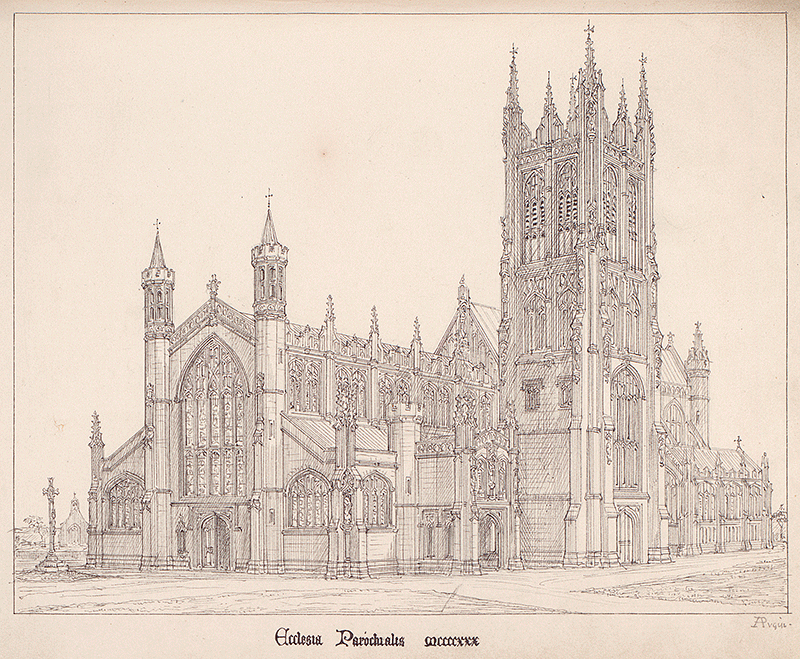 View Image
View Image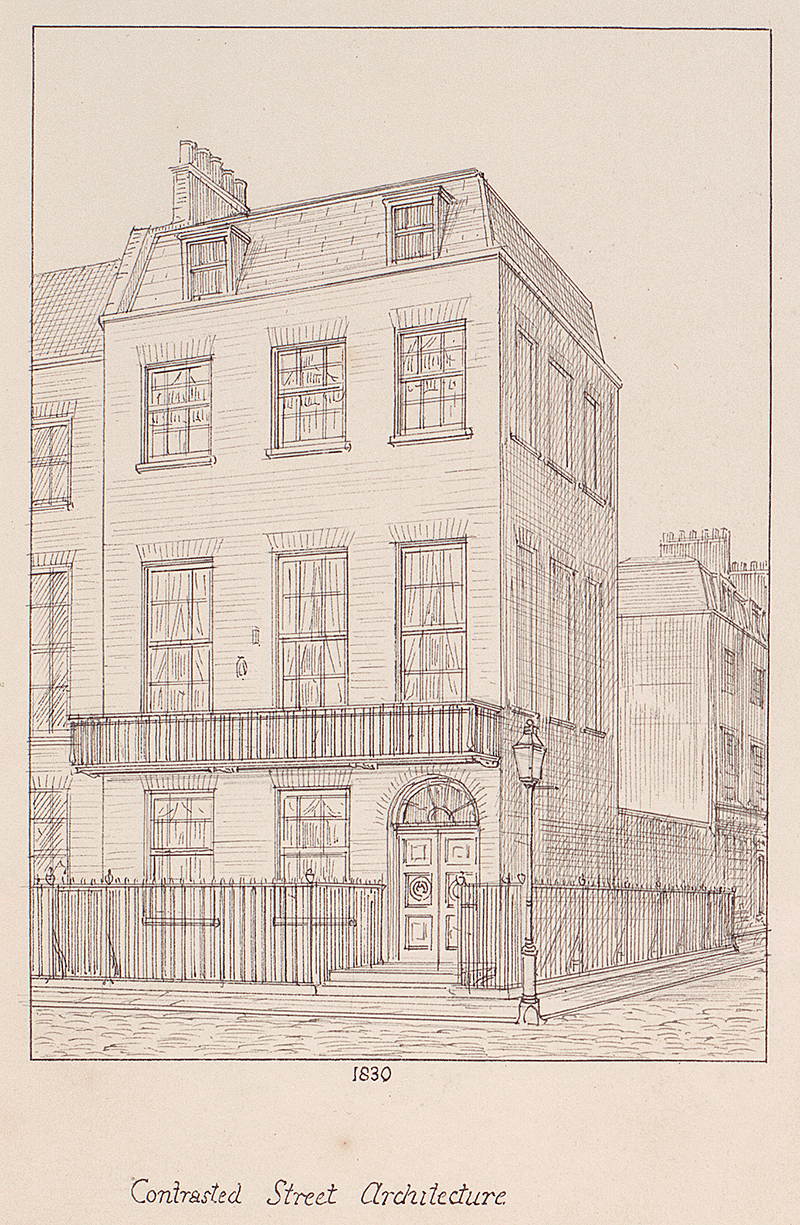 View Image
View Image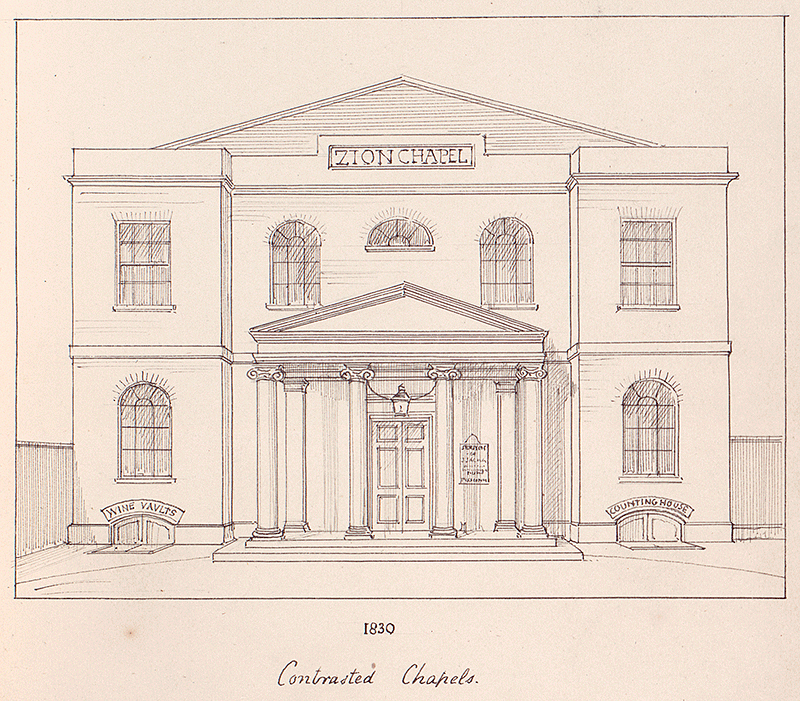 View Image
View Image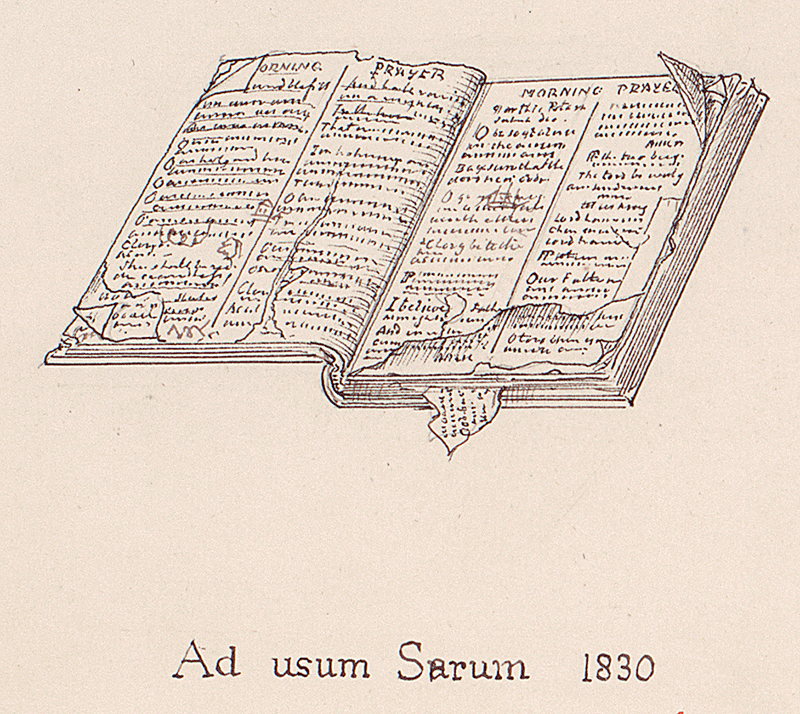 View Image
View Image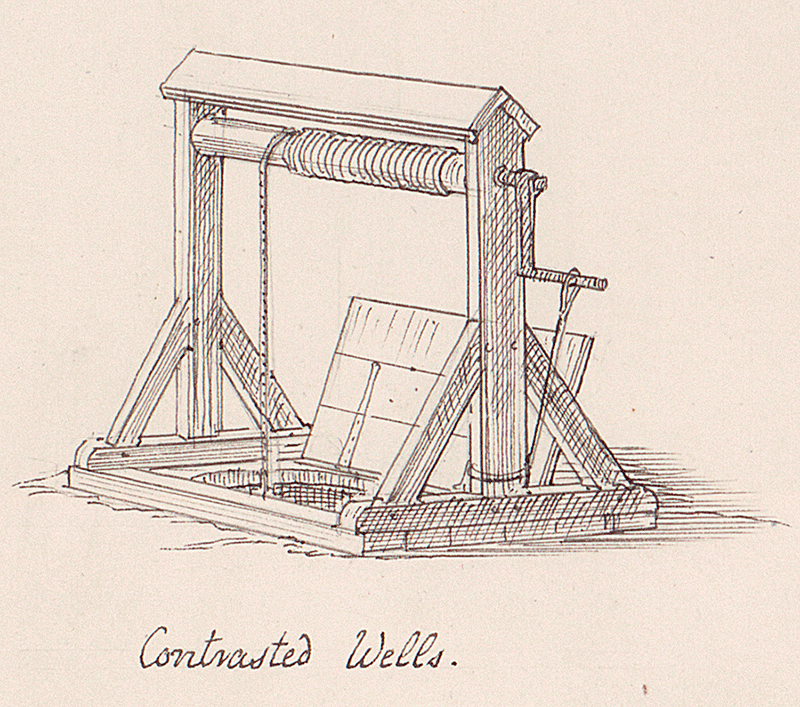 View Image
View Image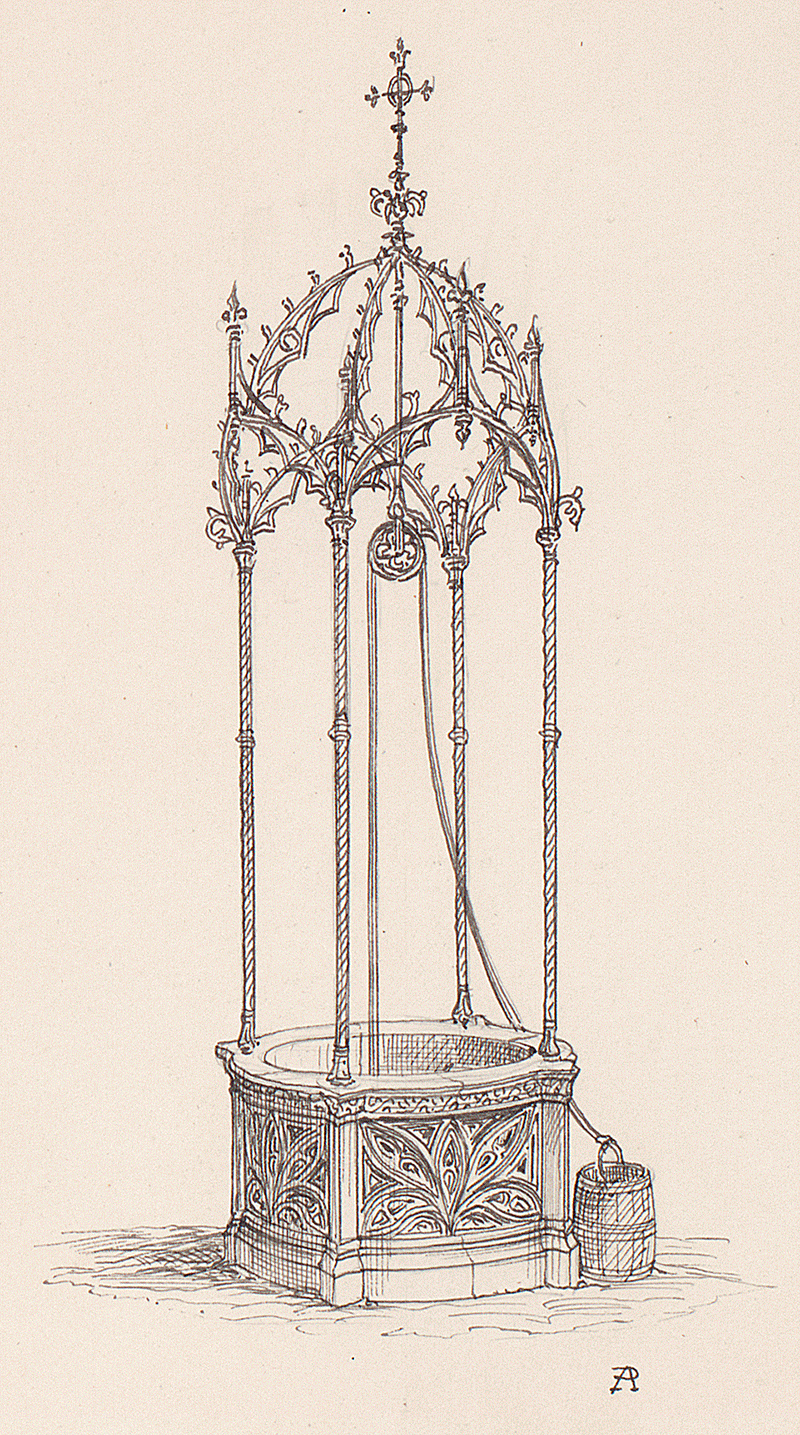 View Image
View Image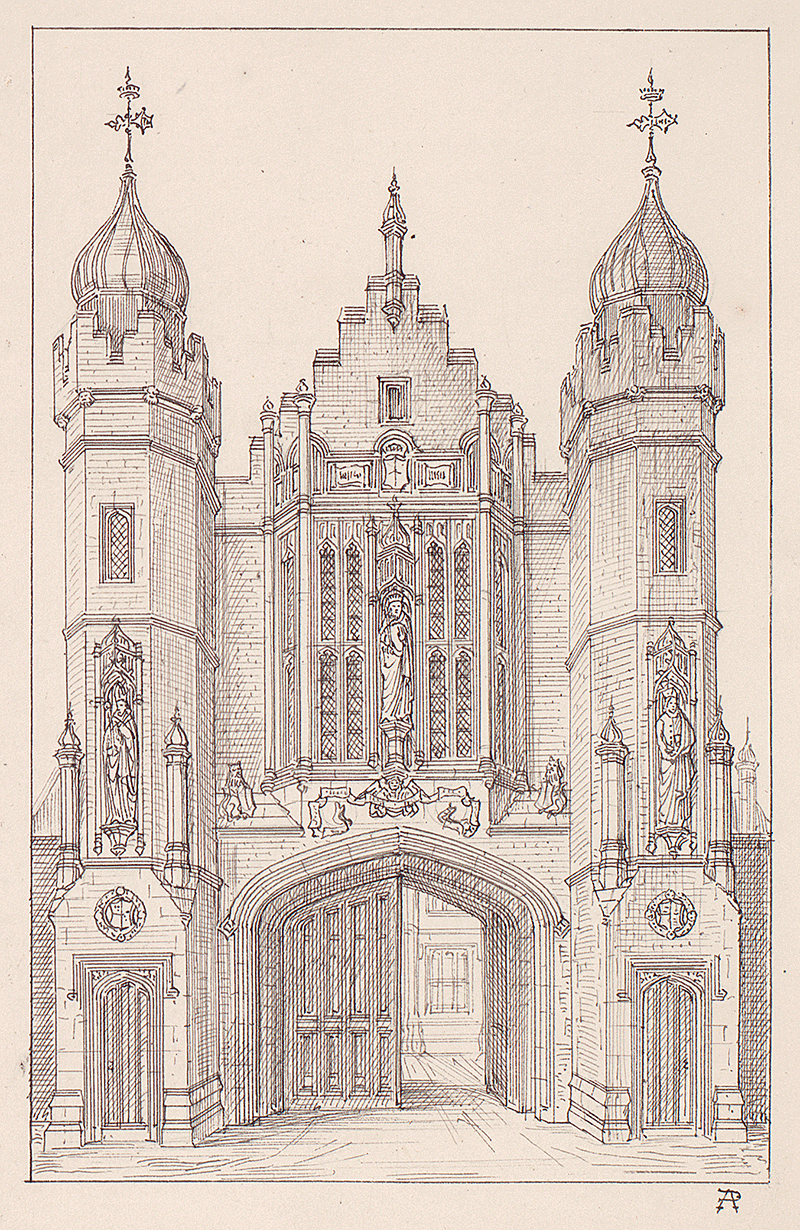 View Image
View Image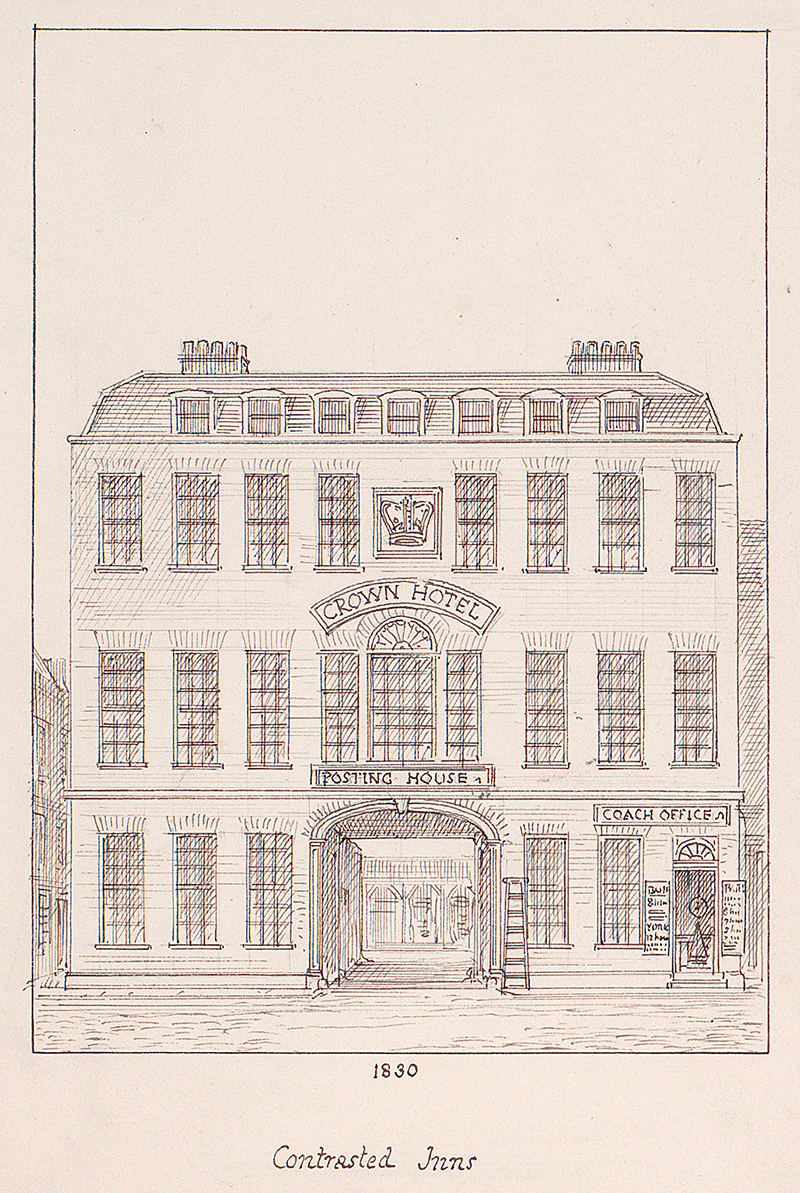 View Image
View Image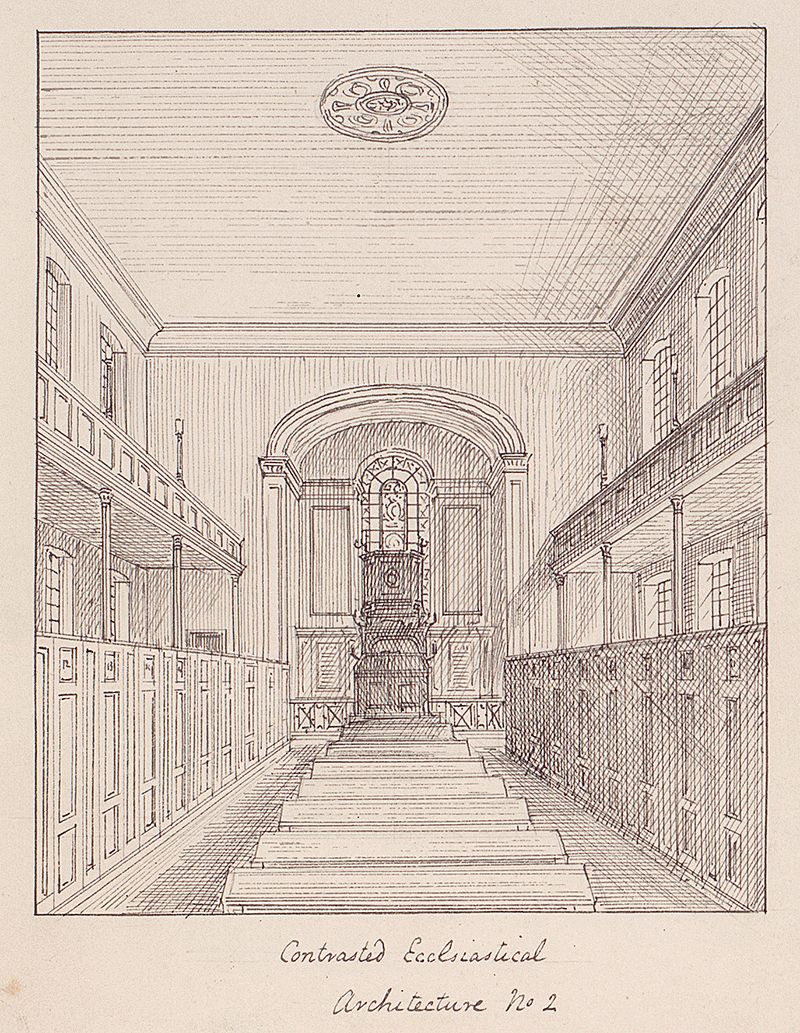 View Image
View Image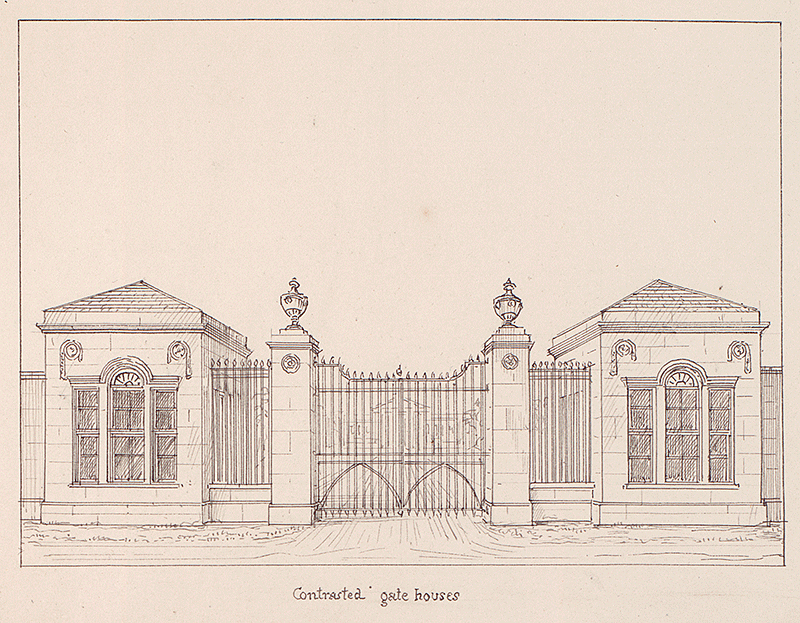 View Image
View Image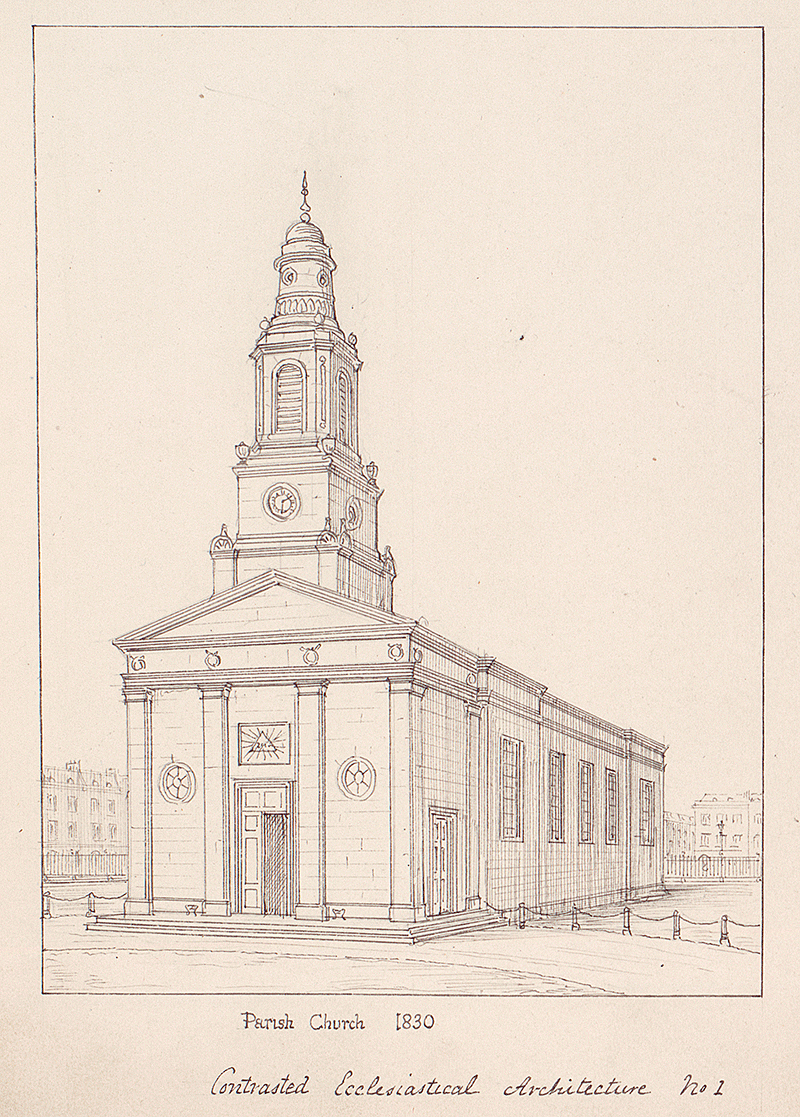 View Image
View Image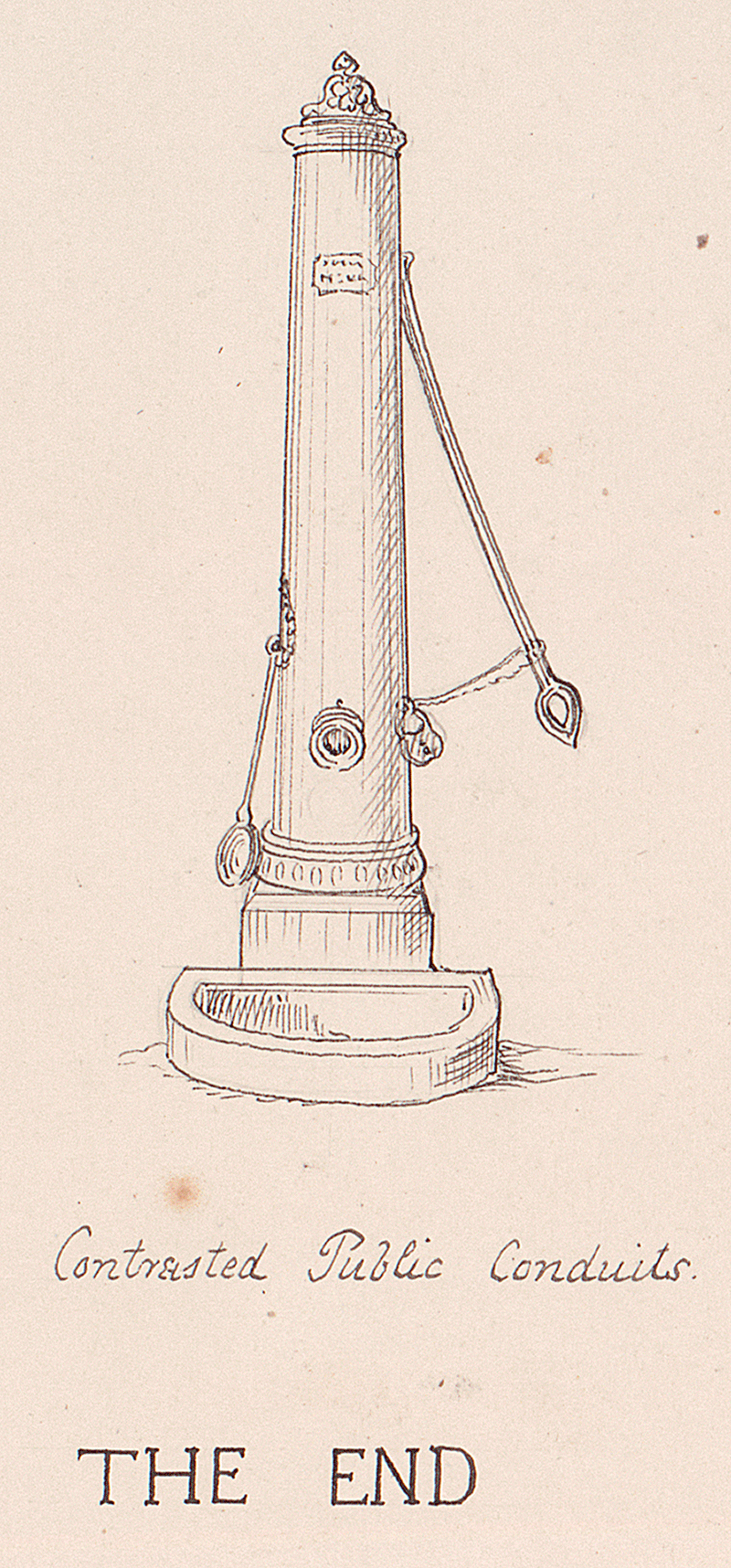 View Image
View Image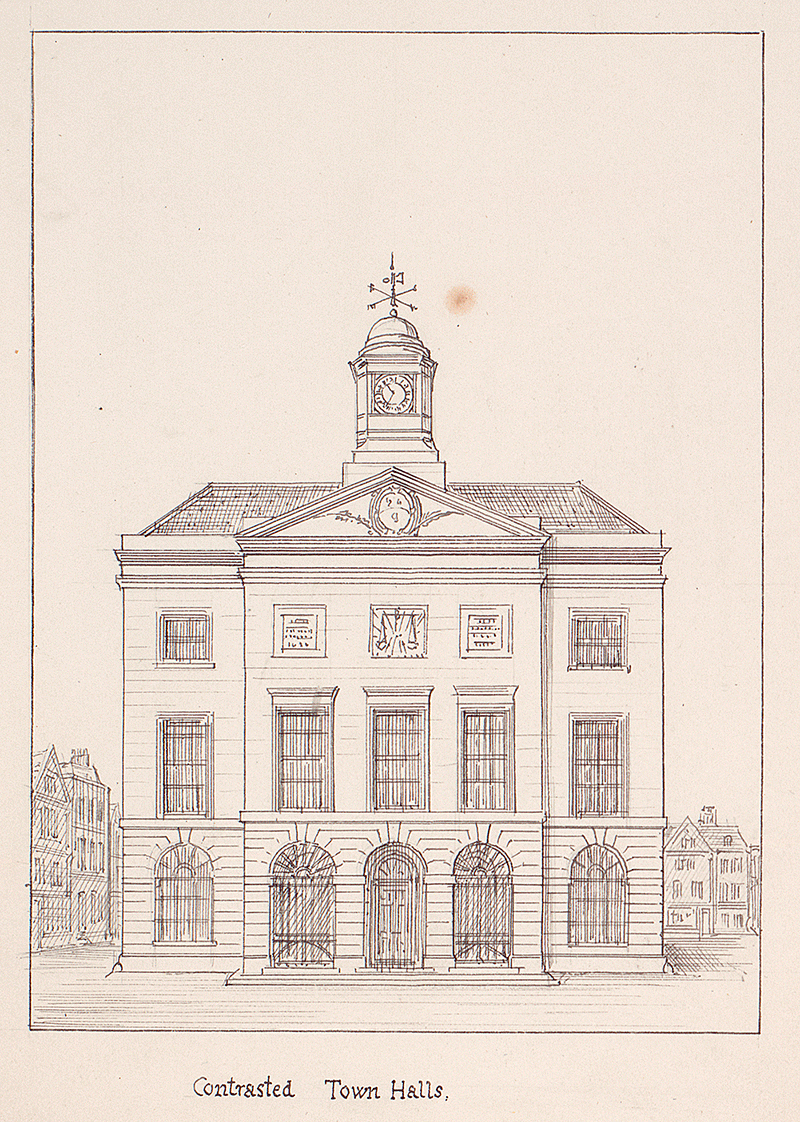 View Image
View Image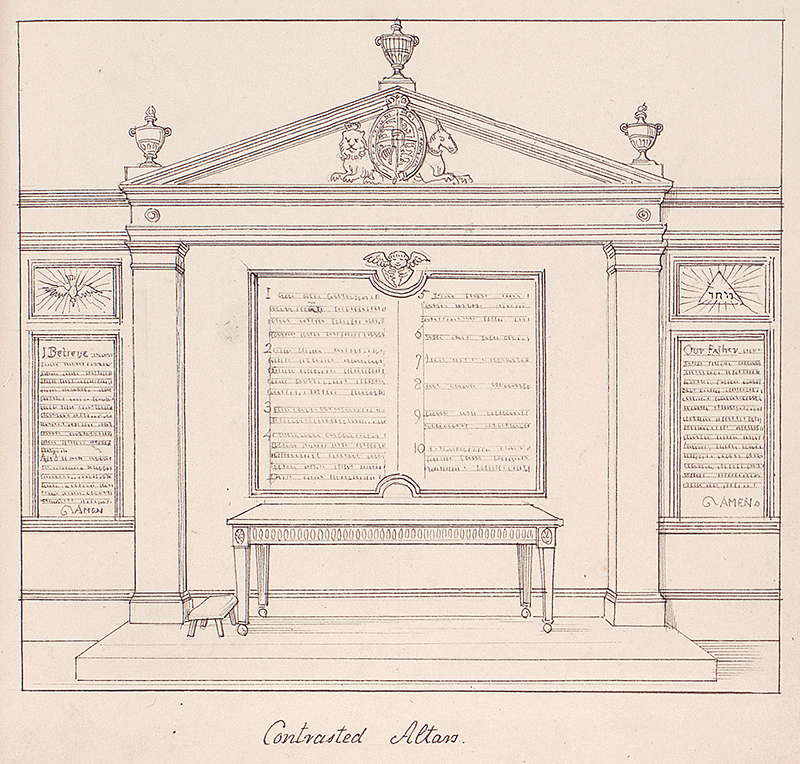 View Image
View Image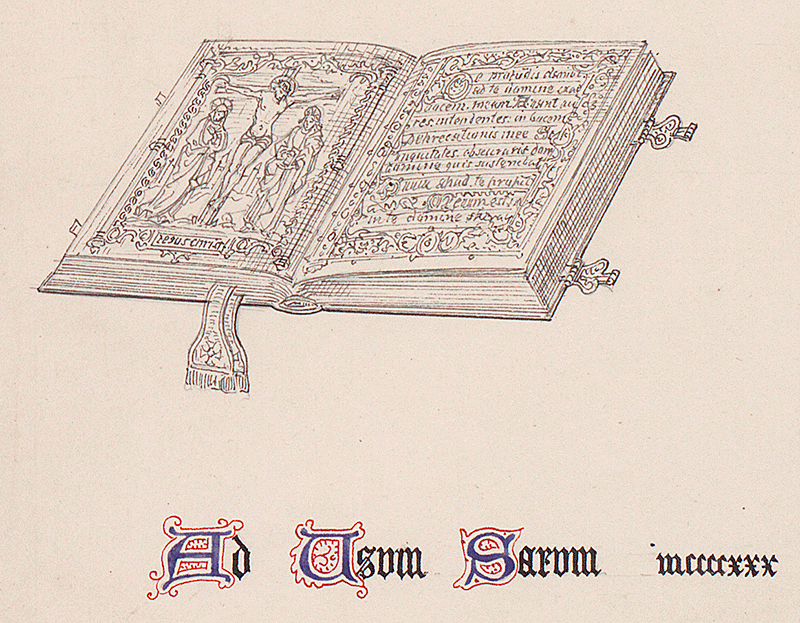 View Image
View Image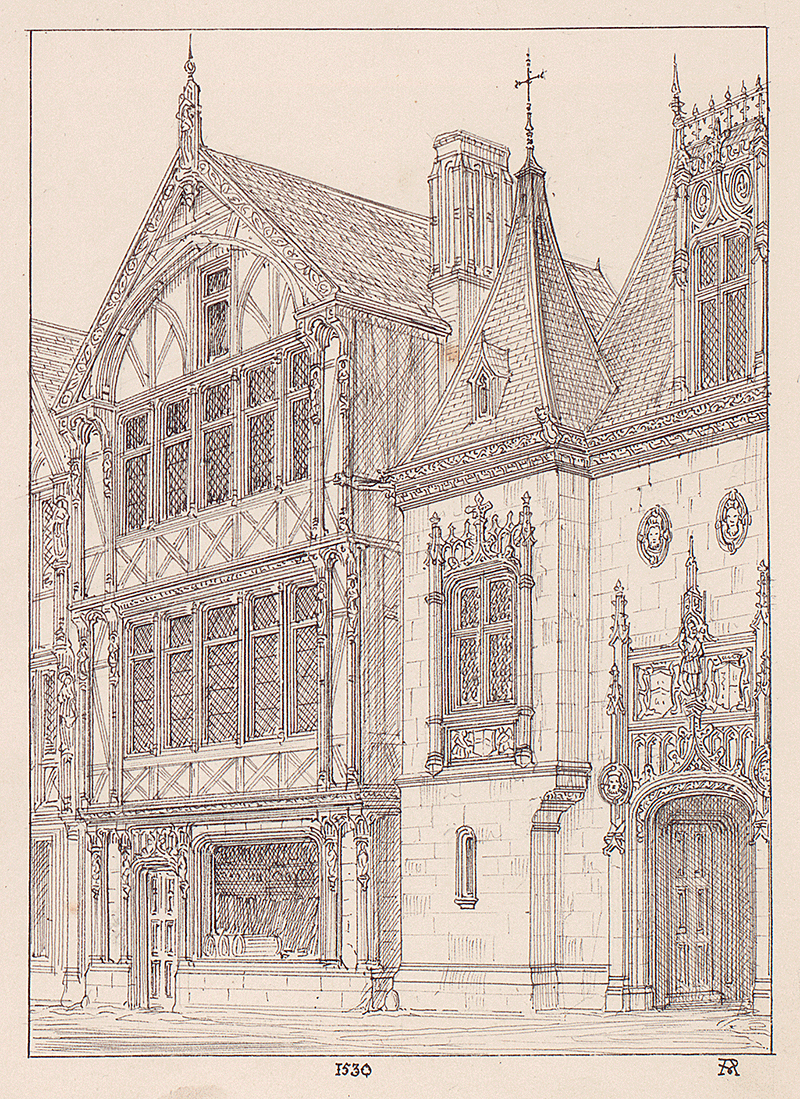 View Image
View Image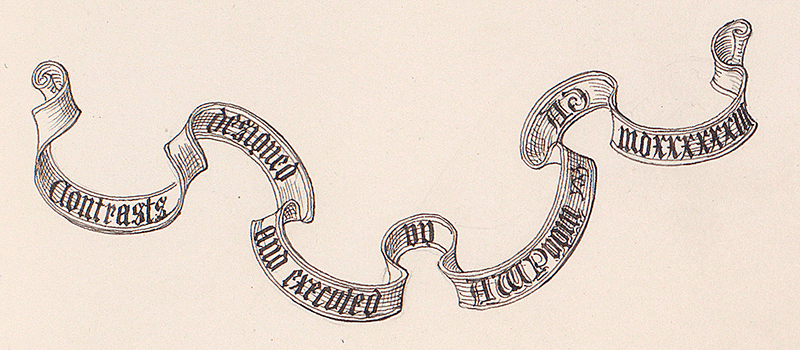 View Image
View Image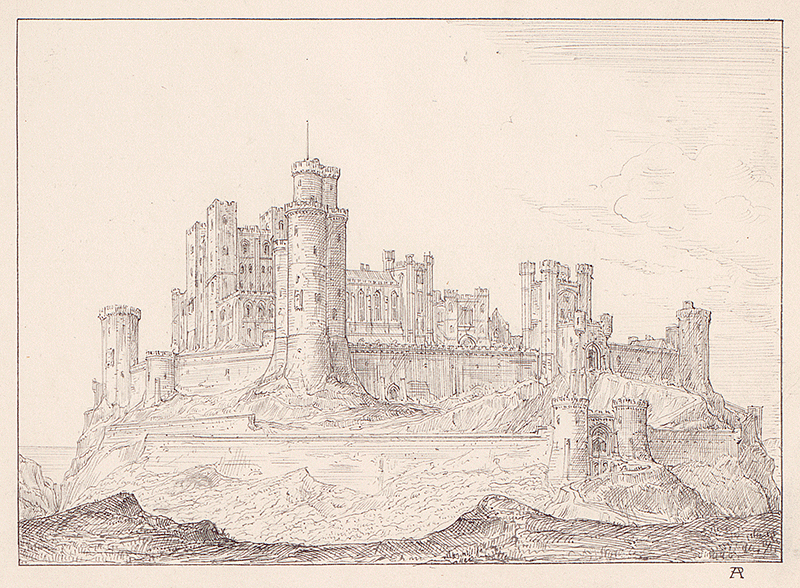 View Image
View Image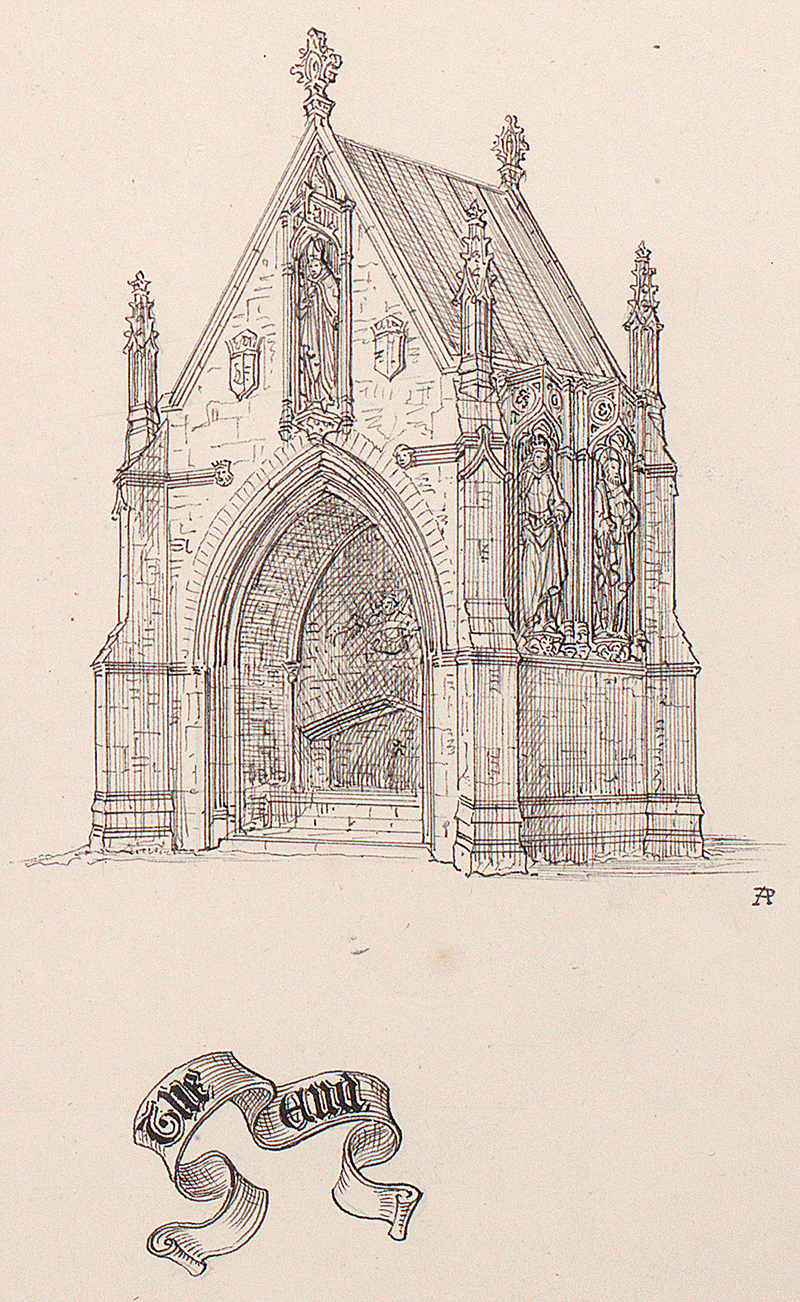 View Image
View Image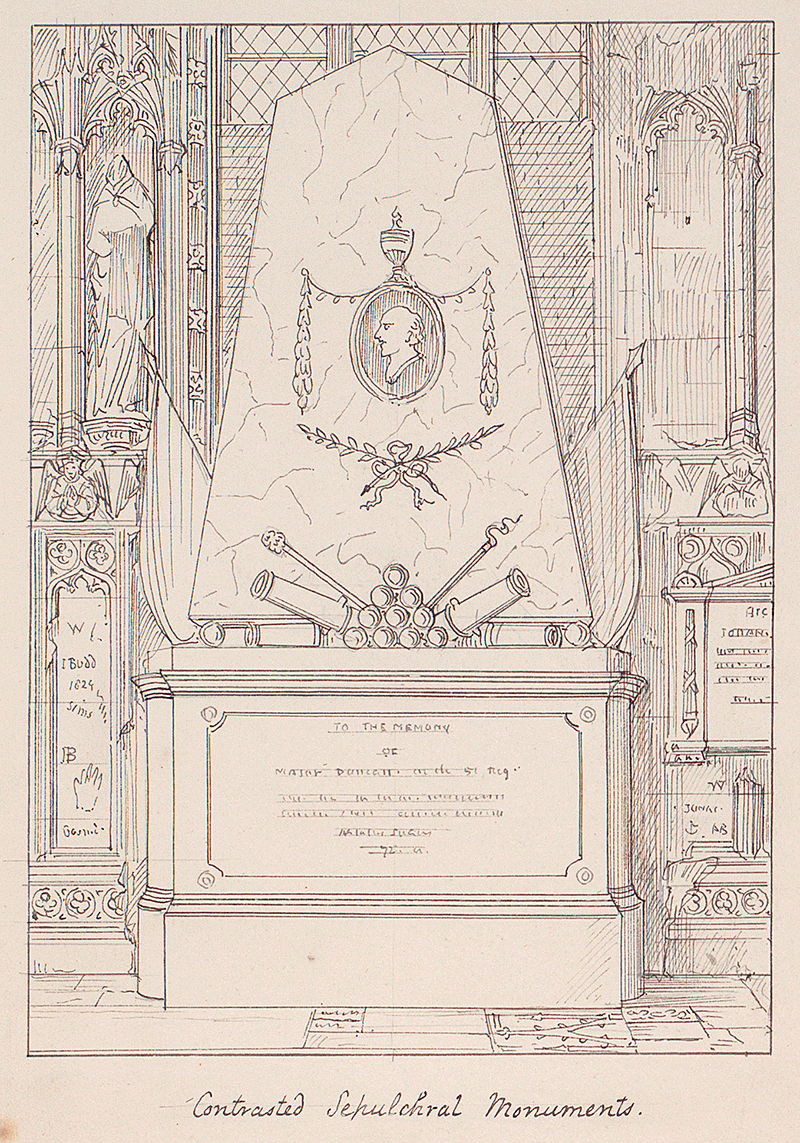 View Image
View Image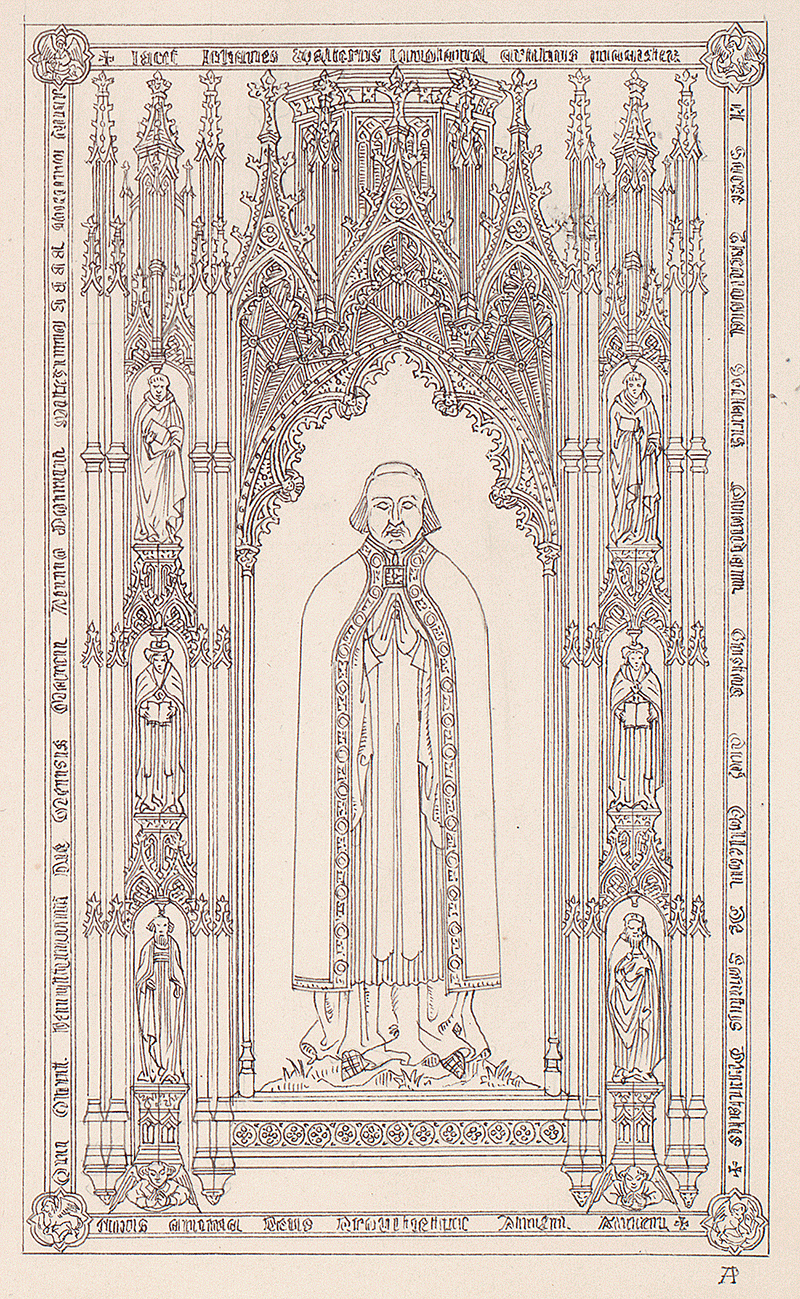 View Image
View Image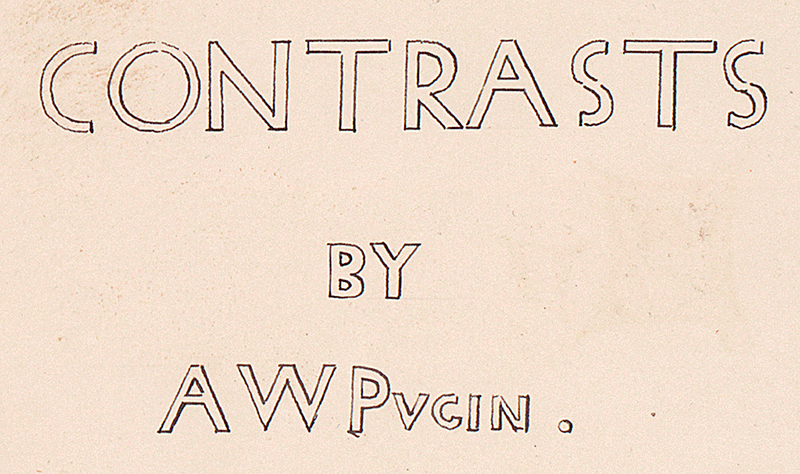 View Image
View Image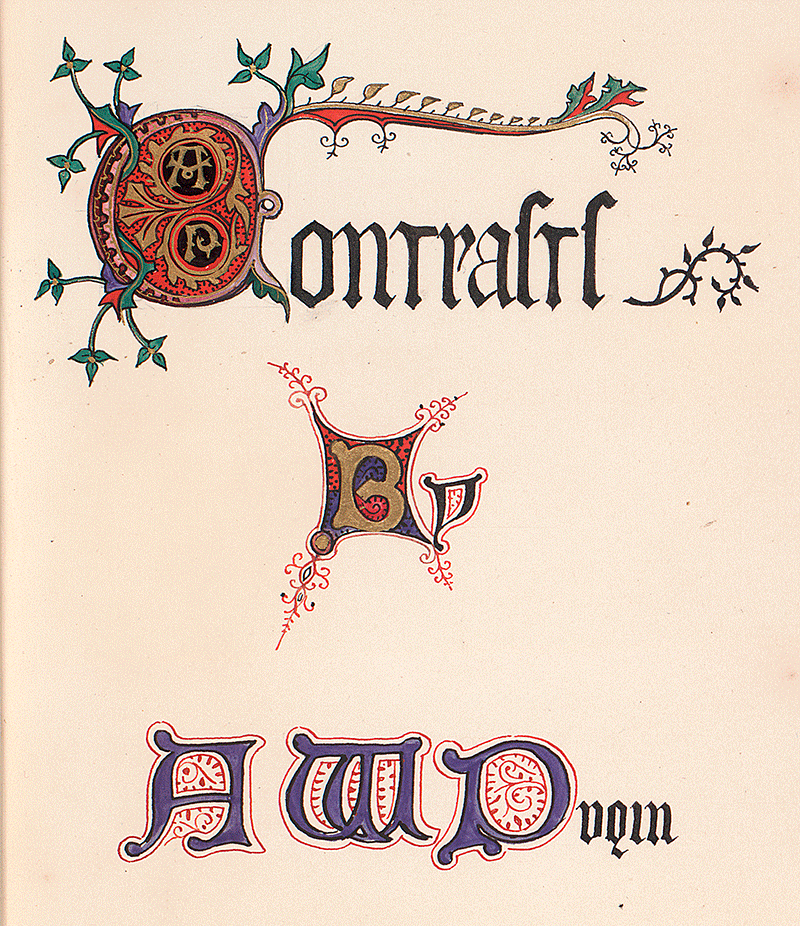 View Image
View Image